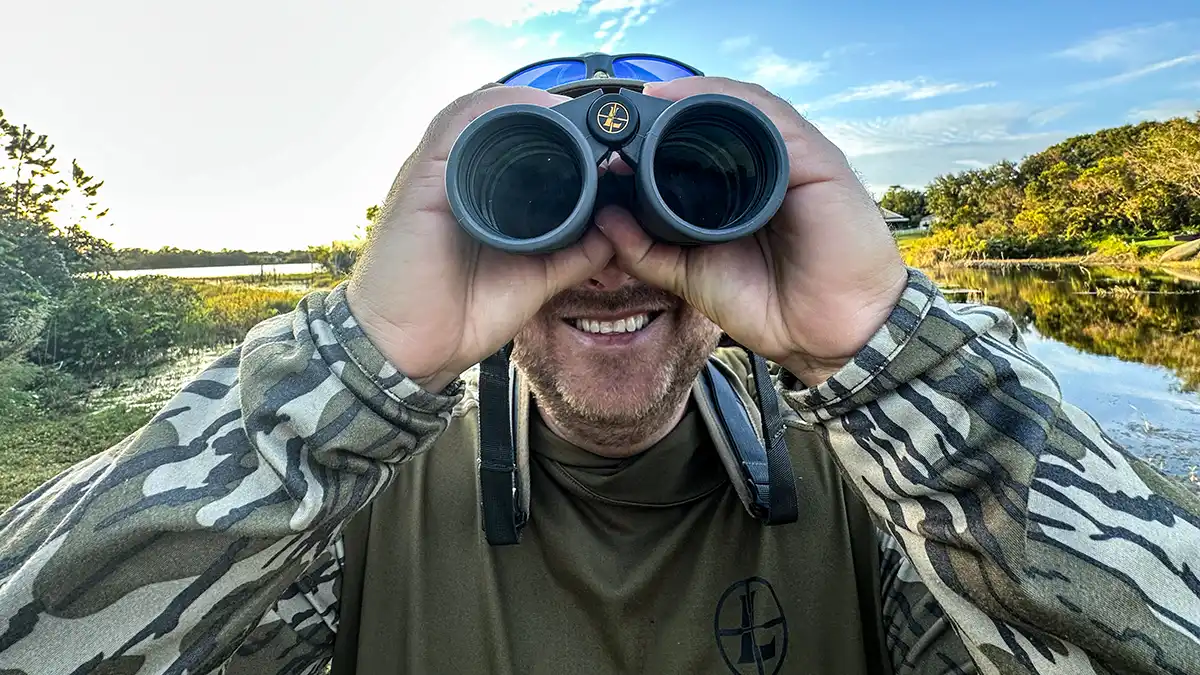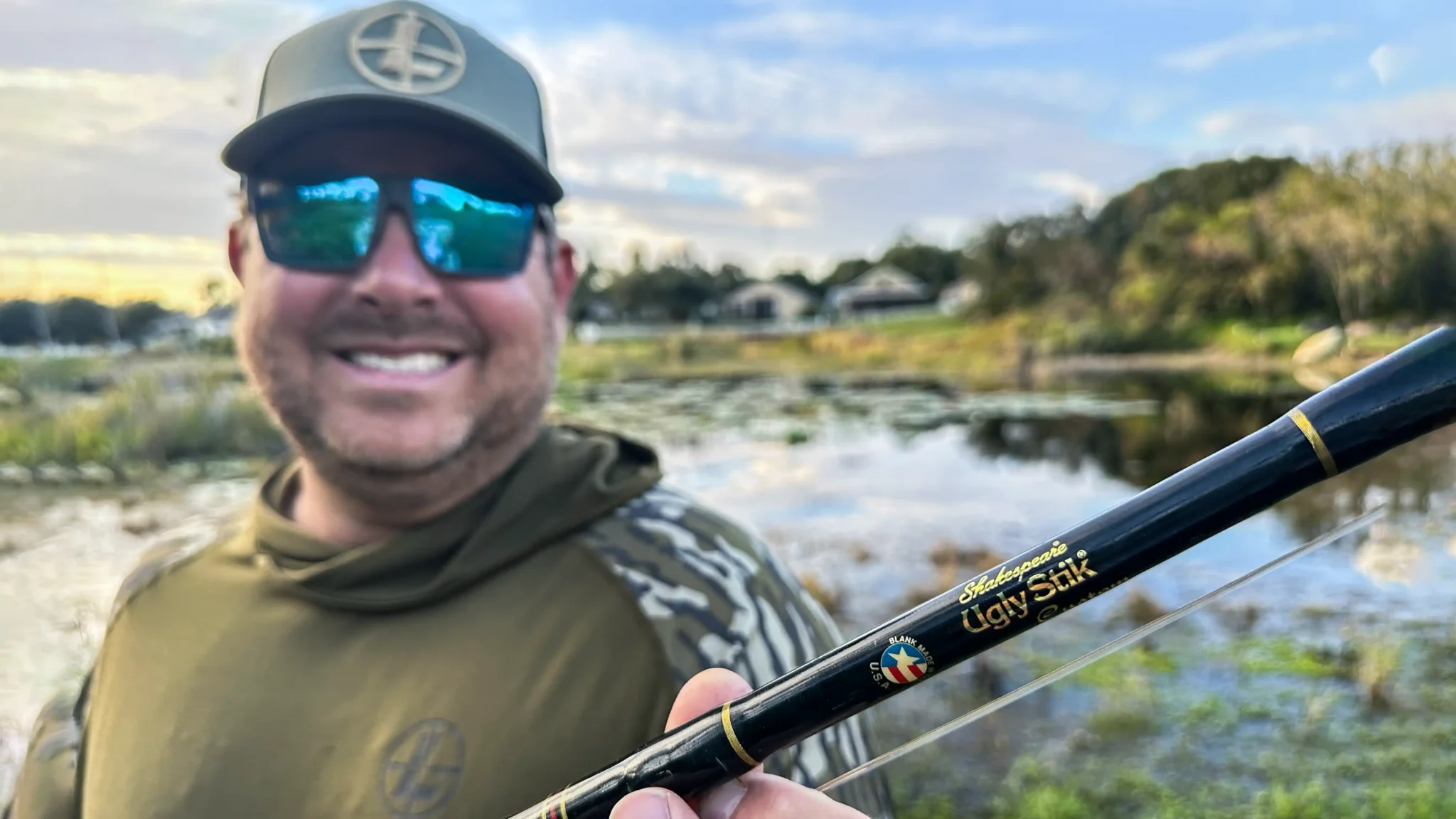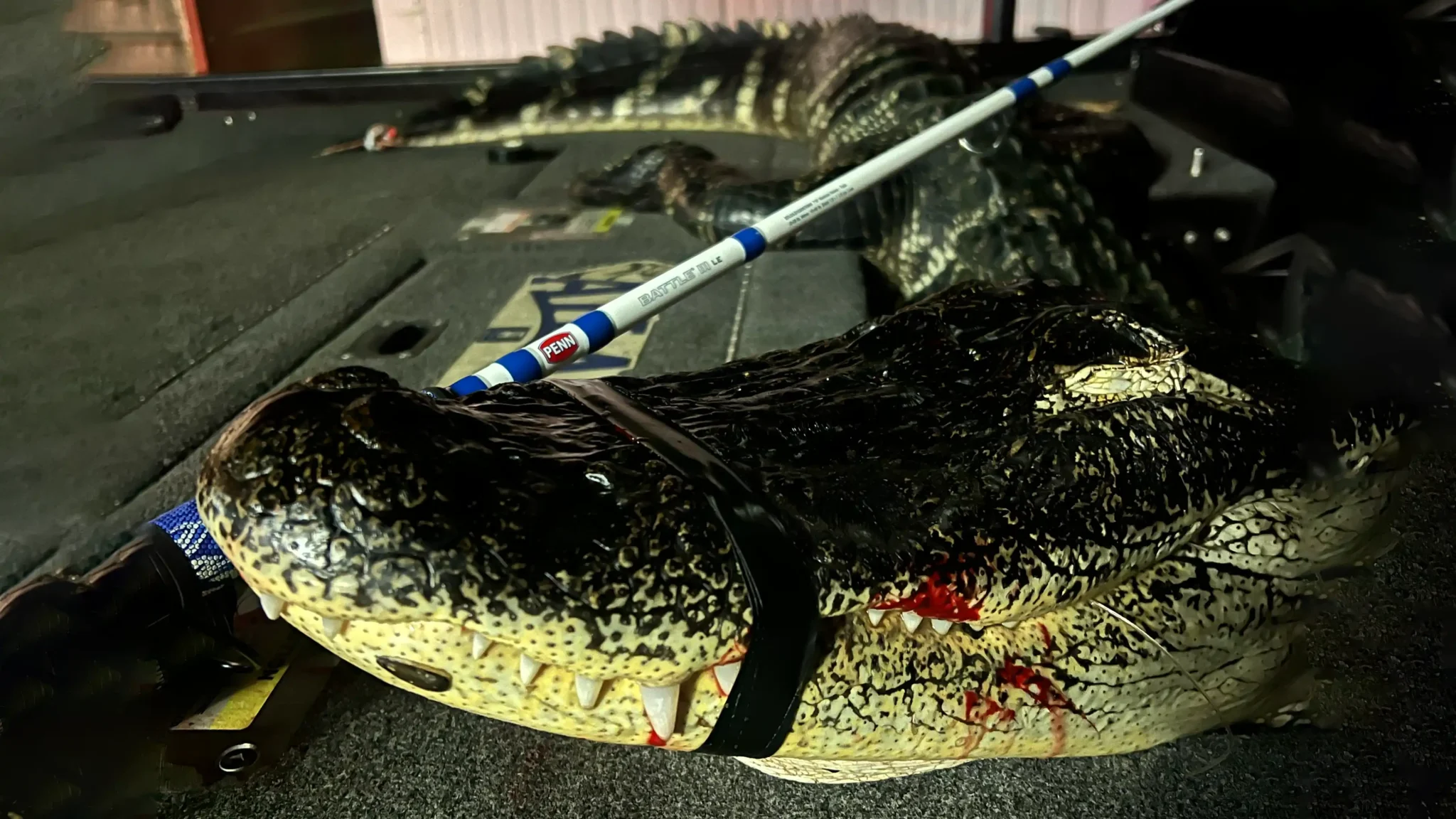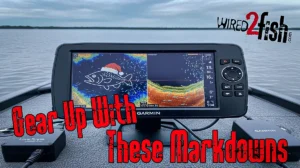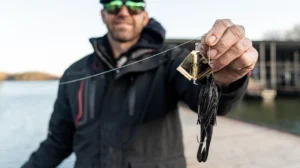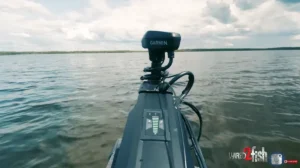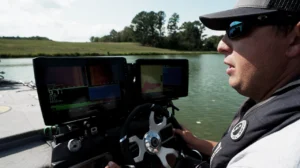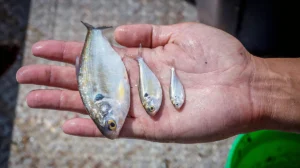It’s no secret that pro bass angler John Cox likes to fish for big ones shallow. He’s made over $2.5 million dollars targeting largemouth, smallmouth and spotted bass in shallow water along the B.A.S.S., MLF, FLW and NPFL tournament trails. And he’s done plenty of how-to articles on catching big bass in shallow water. But what about how to fish for gators being that he’s from Florida?
Big bass aren’t all that lurk the shallows in Cox’s home state of Florida. Gators are plentiful throughout much of the state and are eligible for harvest during a month’s-long hunting season. They are commonly considered the apex predators in the region. But even these distant relatives of the dinosaurs are no match of this shallow-water assassin.
“My brother-in-law had two (gator) tags,” said Cox. “He got one (a gator) like the first day. So, I said, ‘Hey save that other one for me and we’ll go get one’. Thinking that, how hard can it be, you know?”
For the next few weeks though, Cox found out there was a little more to gator fishing than he reckoned. Cox and company went almost everyday, with the exclusion of his quick trip up to Lake Lanier to wrap-up the last regular season NPFL event (where Cox finished 11th).
THE HUNT
When Cox returned to DeBary Florida, he brought cold air with him, which he feared would derail his chances of getting a gator this year with the extended 2023 season winding down.
“We were getting ready to quit last night (November 7th) and talking about what we were going to get at Waffle House and then the rod took off that had the big beef lung on it.”
Beef lung is a delicacy to alligators, come to find out. Something Cox learned as of late. He admitted he’s no expert in the arena of gator fishing, his last catch coming nearly two decades ago.
“The one I got like 15 or 18 or 20 years ago, whenever it was, we were just running on plane and I would snag them when they were coming off the bank. But now, dude they hear a motor and they’re in the water taking off.”
There’s more fishing to gator fishing these days. A bit of an art to it, as gruesome and disgusting as that art may be. Cox said they were “boujee” gator fishermen though, opting to order pre-rigged beef lung.
“We ordered the beef lung that had the dowel already in it and we just tied to the swivel. Cause I didn’t even want to touch it it smelled so bad man. I was tying the knot and then pulling it with the pliers. It was terrible.”
Wood dowels or pegs are used for gator fishing as opposed to hooks, so that the line can be cut and undersized gators can be released if they are too small to harvest. Though likely unpleasant, the gators can pass the wood dowel a lot better than they could a treble hook, making this process of catch and release as humane as possible.
THE CATCH
Though you could just chuck this contraption out and hope for a meandering gator to stumble upon it, Cox was fortunate enough to bump into fellow Floridian and bass pro Shaw Grigsby at a gas station recently to pickup a tip on how to “work” the beef lung like a lure.
“You have to actually drop the bait way in front of them, troll past them and then I would work the rod and that beef lung would just pop on the surface and it would actually attract them to come over and they would take it.”
Once Cox’s gator ate the beef lung, they battled it closer to the boat so that they could cast over it with a treble-hooked rig and snag the beast, as insurance in case it opened it’s mouth and released the dowel. The treble hooks pulled free though and it was down to just the dowel. Cox frantically looked for the bang stick, knowing that the animal could come off any second.
“It was so funny. We haven’t even got the bang stick out or the bullets or anything, because we haven’t even got one near the boat. I go digging and I’m like, ‘These bullets look like the ones I had 18 years ago’. And my buddy’s like, ‘Yeah I got them out of your garage’.”
Though Cox doubted the legitimacy of the decades-old ammunition, they proved lethal in spite of the presence of corrosion and the passage of time. Using the bang stick, they administered the final blow to the beast and it was brought into the boat.
“Now we’re going to get a bunch of wallets made and stuff. I don’t know what I’m going to do with the rest of the skin. It was me, my brother-in-law and my wife’s dad that were all together. I think they are going to take a lot of the meat.”
THE GEAR
Cox used a two-rod setup with what amounts to one giant baitcaster for the beef lung and a 5000 size spinning reel for the snagging rig on a 7-foot medium heavy rod.
“It’s probably not beefy enough, but I love it when you set into him and he takes off. He smokes the drag and that rod is bent over. You think the rod is going to explode into pieces.”
Though the newer PENN gear didn’t fail, the same wasn’t the case for some of Cox’s older gear he scrounged up.
“We had two older reels. I just hooked up and they ran that first run and they got so hot it just messed everything up and the drag quit. Those PENNs though, they were solid.”
The rig for the beef lung consisted of a PENN Squall 60LD reel and a discontinued Ugly Stick rod he found in his buddy’s garage.
“That thing might have 800 yards of 65-pound braid. And I think I had maybe a 30-foot, 100-pound Big Game mono leader. And that’s what I would tie to the beef lung.”
Cox also mentioned the importance of a quality set of binoculars for scouting areas before dark. And then as dusk set in, he would use a red-light head lamp that shines “probably a quarter mile” according to the Floridian. This light would reflect off the eyes of the gators and the shine would give away their location.
Snagging Gear
Beef Lung Gear
- Fishing Rod – Shakespeare Ugly Stick Custom 6’6” Medium Heavy
- Fishing Reel – PENN Squall Lever Drag Reel 60LD
- Fishing Line – Berkley X9 Braid

